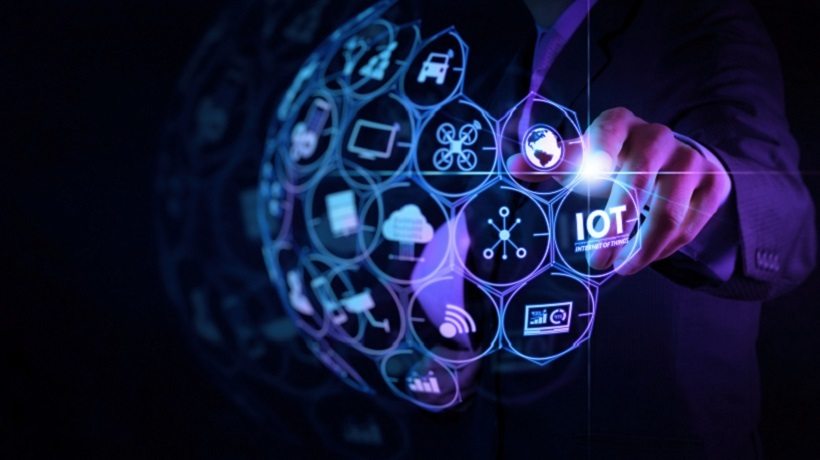How The Internet Of Things Is Changing eLearning: 6 Ways
With the birth of the internet came an entirely new way to learn. Now, instead of taking classes in traditional schools, nearly 6 million students across America are enrolled in online courses. And thanks to the Internet of Things (IoT), the frontier for eLearning is expanding and changing once again.
Whether you’re an educator, professional on the job hunt, or entrepreneur looking to profit on this groundbreaking industry, the IoT will reshape the eLearning of tomorrow in the following 6 ways.
1. People Will Consume Content Differently
It’s estimated that the number of IoT-connected devices in 2018 will surpass the number of mobile devices for the first time in history. It’s projected that there will be over 6 billion smartphones and 50 billion IoT-enabled devices in the world by 2020. For reference, the world’s population is 7.6 billion and growing. That means everyone—from teachers to students to marketers—will need to change the way they develop and write content.
Even in the past couple of years, the world has become much more visual. For example, video has trumped copy as the preferred way to consume content—and video itself has changed. One study found that adding an interactive aspect to a video gets 40% more engagement than those videos without this feature.
Video is easily integrated into small IoT-enabled devices and can say more at a glance than the written word, so eLearning students and teachers will have to change the way they deliver content. In short, that content needs to do a lot more than optimize for mobile in the coming months and years.
2. The Flexible Will Survive And Thrive
No business succeeds when it stands still—the same goes for teachers, students, and entrepreneurs in eLearning. It’s critical to stay up to date with current IoT facts and trends; look at data that shows how, when, and where your audience is spending time online; and capitalize on that.
Achieving these goals might require more nimble movements over time, but that flexibility can help you succeed in this ever-evolving digital landscape.
3. Testing Will Change
With internet access on your phone, pens, and, who knows, maybe even sneakers someday, how will teachers test students in a fair, cheat-proof environment? Perhaps testing will change from memorized question-and-answer exams to research-based projects.
For instance, instead of answering multiple choice questions, students will have to use the internet to locate answers and expand on these findings. With the internet at our fingertips for practically everything, it makes sense to utilize that information in a productive way. As an eLearning teacher, you’ll just have to think about the best way to test your students.
4. Expectations Will Shift
The IoT doesn’t just change the way people connect to the internet—it also changes the lifestyles, expectations, and habits these individuals form. With Artificial Intelligence (AI) and IoT comes home security, faster coffee, efficient energy use, and even faster streaming.
Smart home automation is a great example of this shift. As one of the biggest trends relating to the IoT right now, home automation gives people convenience and peace of mind like never before. Once people get used to this ease of living, it’ll become the new norm for how they expect to access other information too.
When you’re developing any new eLearning materials, think about how to make your eLearning courses cheaper, more interactive, and convenient to help attract more students and stand out from other classes.
5. New Majors Will Surface
With rising IoT-related developments and data points, new jobs will surface. Teachers will need to develop entirely new curricula and majors to account for this change—and students will need to look toward the future to plot out career prospects relating to these new fields, especially in technology-centered careers.
6. Job Competition Will Be Global
eLearning is a globalization of education; people from anywhere can learn in virtual classrooms and get degrees. With the IoT also bringing the world closer together by connecting everyone to the web, it’s safe to assume that jobs themselves will become more competitive and more students will be turning to eLearning to get the affordable and accessible education they need.
Specific skills, advanced accreditation, and guidance will be in high demand. eLearning teachers may want to consider diversifying their classes and coursework while offering the best learning materials compared to their own competition. Doing so may help their students get an edge up on soon-to-be globally competitive career fields.
It’s incredible to imagine where the world will be after another 20 years of technological advancement. Stay ahead of the curve in eLearning with the merge of the IoT by remembering these points.









